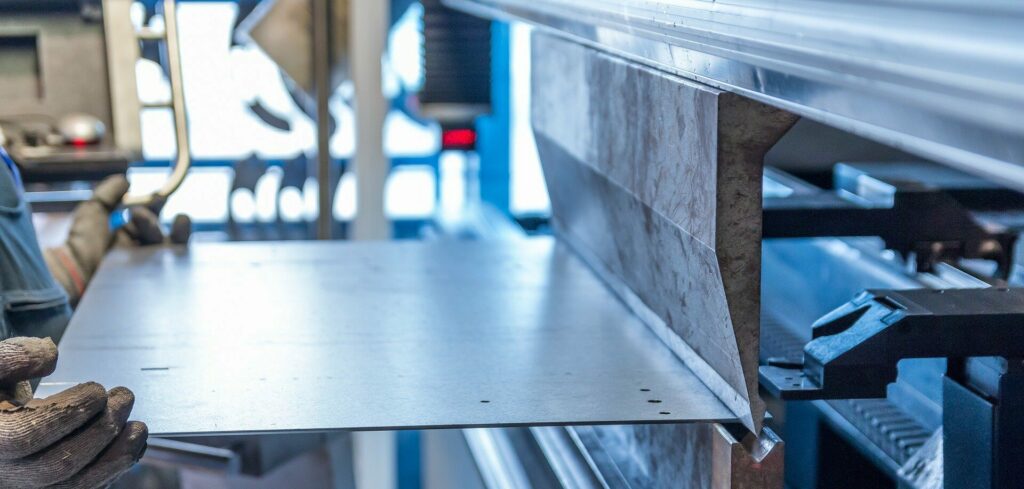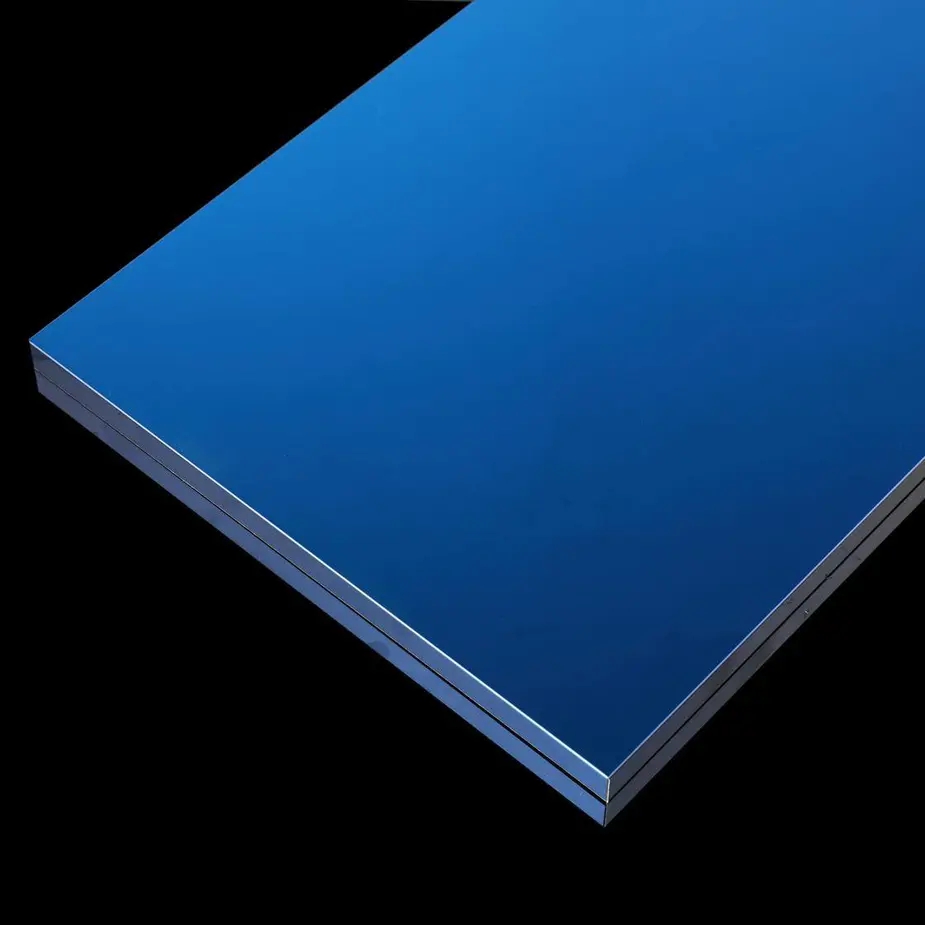Steel, the backbone of modern industry, is a remarkably versatile material that finds applications in everything from kitchen appliances to towering skyscrapers. Its properties can be fine-tuned to meet specific requirements through careful control of its composition and processing. This is where the American Iron and Steel Institute (AISI) grading system comes into play, providing a standardized way to classify and specify different types of steel based on their chemical composition and mechanical properties.
At Xinguangyuan, a leading manufacturer of stainless steel decorative plates, screens, and garnitures, we understand the importance of selecting the right grade of steel for each application. In this article, we will delve into the intricacies of the AISI grading system and explore how it enables manufacturers like us to tailor steel properties to meet the unique needs of our clients.
Understanding the AISI Grading System
The AISI grading system is a widely accepted standard for classifying steels based on their chemical composition. It assigns a four-digit number to each grade, with the first two digits indicating the type of steel and its primary alloying elements, while the last two digits represent the carbon content in hundredths of a percent.
For example, AISI 304 stainless steel, one of the most commonly used grades in the industry, is designated as follows:
- The "30" indicates that it is an austenitic chromium-nickel stainless steel.
- The "4" represents the specific composition within the austenitic family.
- The carbon content is not specified in the grade designation but is typically around 0.08%.
This systematic approach allows engineers and manufacturers to quickly identify the key characteristics of a particular steel grade and determine its suitability for a given application.
The Role of Alloying Elements
The properties of steel can be significantly altered by introducing various alloying elements into its composition. The AISI grading system takes this into account by assigning specific series numbers to steels containing different alloying elements.
For instance:
- The 2xx series is reserved for nickel steels.
- The 3xx series represents nickel-chromium steels, including the popular 304 and 316 stainless steel grades.
- The 4xx series covers molybdenum steels.
Each alloying element imparts unique characteristics to the steel. Chromium, for example, enhances corrosion resistance, while nickel improves ductility and toughness. By carefully selecting the type and proportion of alloying elements, manufacturers can create steels with properties tailored to specific applications.
Stainless Steel Grades and Their Applications
Stainless steel is a family of iron-based alloys containing a minimum of 10.5% chromium, which forms a protective oxide layer on the surface, providing excellent corrosion resistance. The AISI grading system includes several series dedicated to stainless steels, each with its own distinct properties and applications.
200 Series Stainless Steels
The 200 series stainless steels are austenitic grades that contain manganese, nitrogen, and lower levels of nickel compared to the 300 series. They offer good corrosion resistance and are often used in applications where moderate strength and formability are required, such as in kitchen appliances and utensils.
300 Series Stainless Steels
The 300 series stainless steels are the most widely used austenitic grades, with 304 and 316 being the most popular. They offer excellent corrosion resistance, formability, and weldability, making them suitable for a wide range of applications, including:
- Food processing equipment
- Architectural elements
- Medical devices
- Chemical processing equipment
At Xinguangyuan, we specialize in producing decorative stainless steel sheets and coils using 300 series stainless steels, offering a variety of surface finishes to meet the aesthetic and functional requirements of our clients.
400 Series Stainless Steels
The 400 series stainless steels are ferritic and martensitic grades that contain higher levels of chromium and lower levels of nickel compared to the 300 series. They offer moderate corrosion resistance and are often used in applications where high strength and wear resistance are required, such as in:
- Automotive exhaust systems
- Cutlery
- Surgical instruments
The Importance of Surface Finishes
In addition to the chemical composition, the surface finish of stainless steel plays a crucial role in determining its aesthetic appeal and functionality. At Xinguangyuan, we offer a wide range of surface finishes for our stainless steel products, including:
- Mirror polishing: Provides a highly reflective, smooth surface ideal for decorative applications.
- Hairline finishing: Creates a fine, linear texture that reduces glare and fingerprints.
- Etching: Produces intricate patterns and designs on the surface through chemical or electrochemical processes.
- PVD coating: Applies a thin, decorative, and protective layer of metal or ceramic onto the surface.
By combining the right grade of stainless steel with the appropriate surface finish, we can create products that not only meet the functional requirements but also enhance the visual appeal of the end application.
Quality Control and Standards
Ensuring consistent quality and adherence to international standards is paramount in the stainless steel industry. At Xinguangyuan, we have implemented strict quality control measures throughout our manufacturing process, from raw material selection to final inspection.
Our products are manufactured in compliance with various international standards, such as ASTM, EN, and JIS, ensuring that they meet the highest quality and performance benchmarks. We also work closely with our clients to develop custom specifications and tolerances to meet their unique requirements.
Sustainability and Recyclability
Stainless steel is not only a versatile and durable material but also an environmentally friendly choice. It is 100% recyclable, meaning that it can be remelted and reused without losing its properties. This inherent recyclability reduces the environmental impact of stainless steel production and contributes to a more sustainable future.
At Xinguangyuan, we are committed to promoting sustainable practices in our operations. We actively participate in recycling programs and strive to minimize waste throughout our manufacturing process. By choosing stainless steel for your projects, you are not only investing in a high-quality material but also contributing to a greener planet.
Conclusion
The AISI grading system is a powerful tool that enables manufacturers like Xinguangyuan to tailor the properties of steel to meet the specific needs of our clients. By understanding the role of chemical composition, alloying elements, and surface finishes, we can create stainless steel products that excel in both form and function.
As a leading manufacturer of stainless steel decorative sheets, coils, and architectural elements, Xinguangyuan is committed to providing our clients with the highest quality products and personalized service. Our expertise in stainless steel surface processing techniques, combined with our dedication to sustainability and adherence to international standards, sets us apart in the industry.
If you are looking for a reliable partner for your stainless steel needs, look no further than Xinguangyuan. Contact us today to learn more about how we can help bring your vision to life with our tailored stainless steel solutions.


